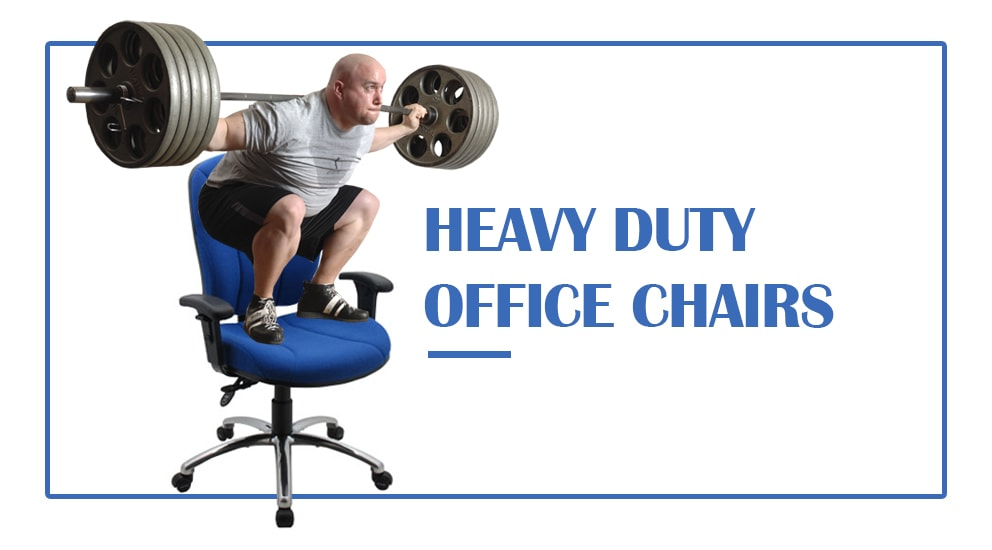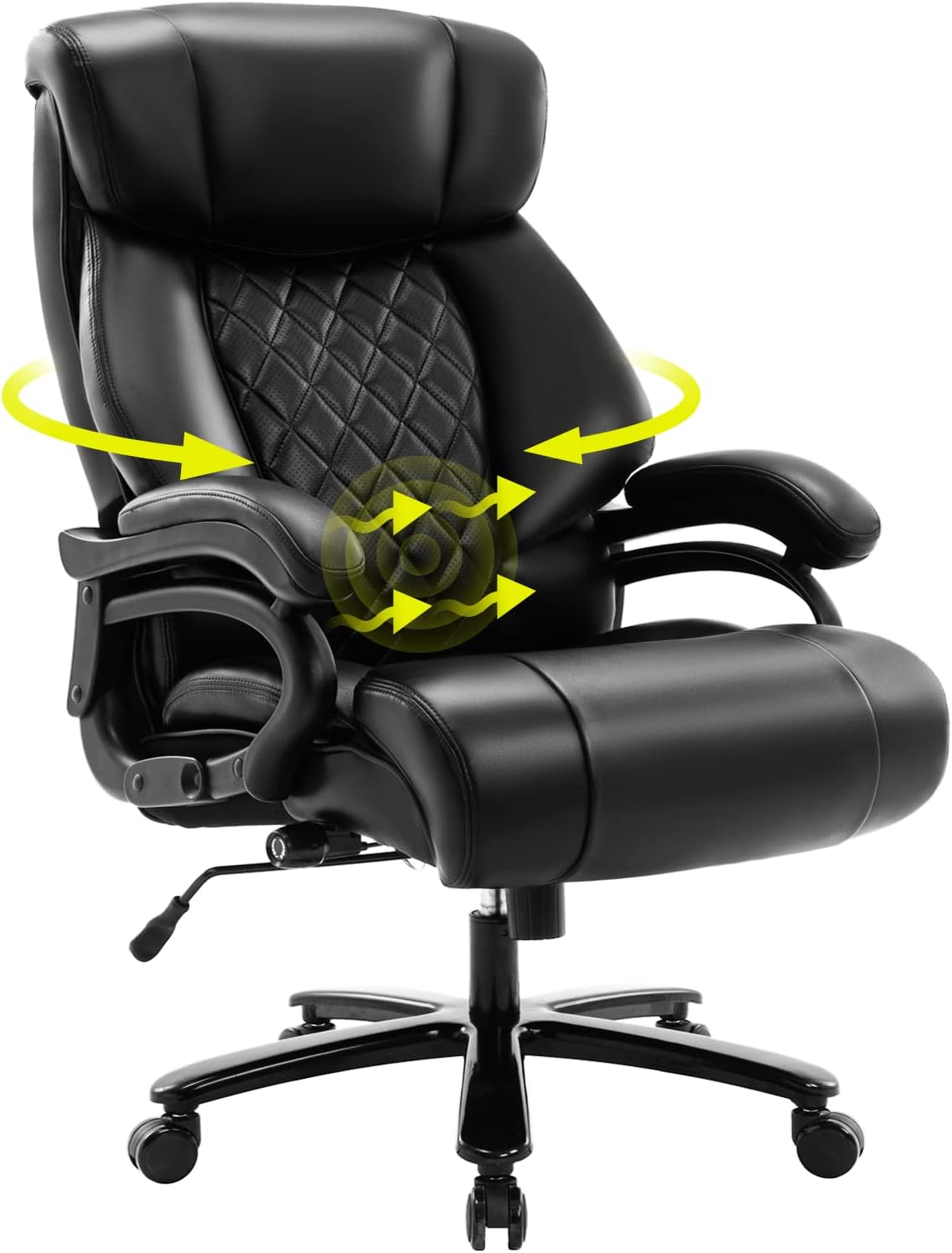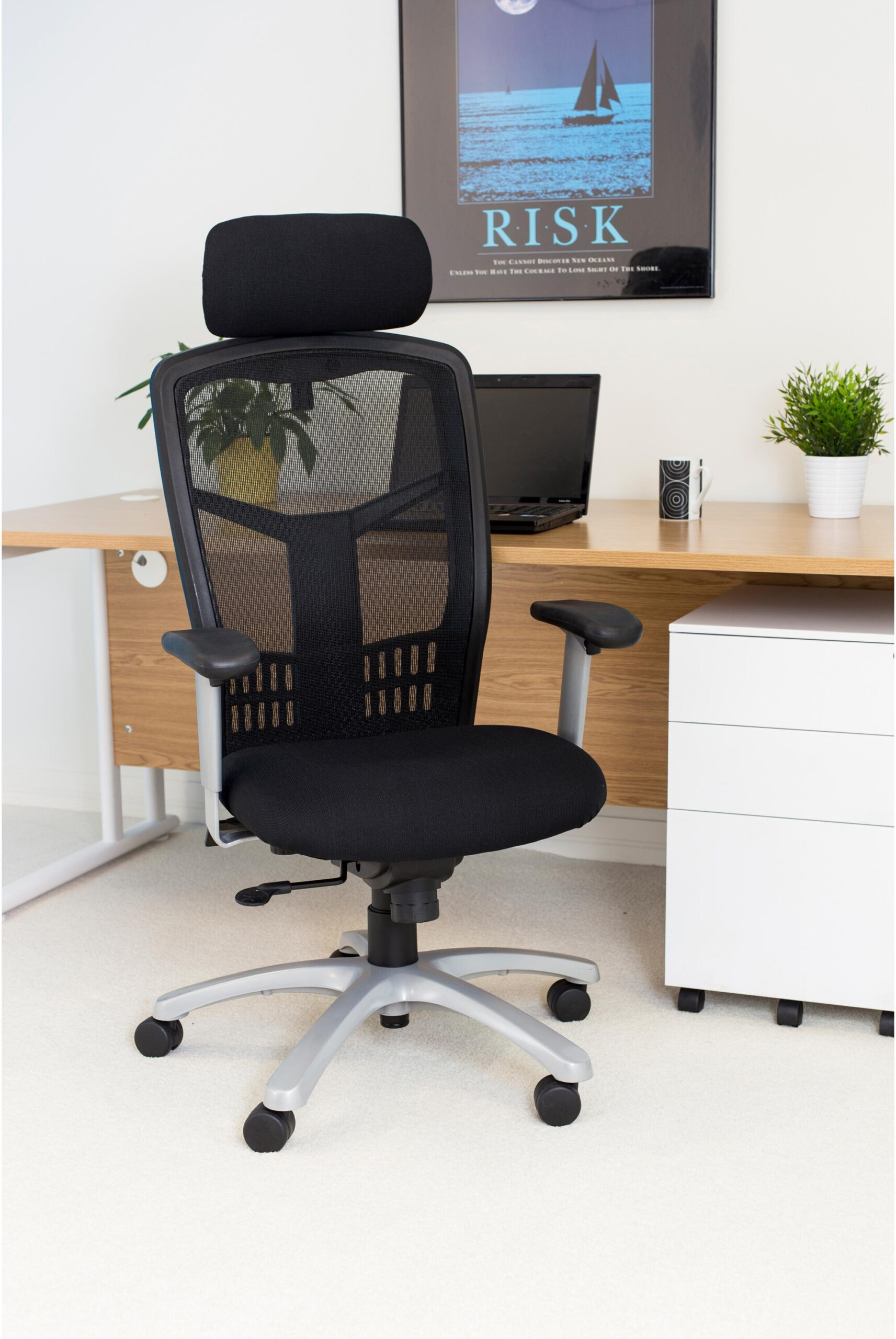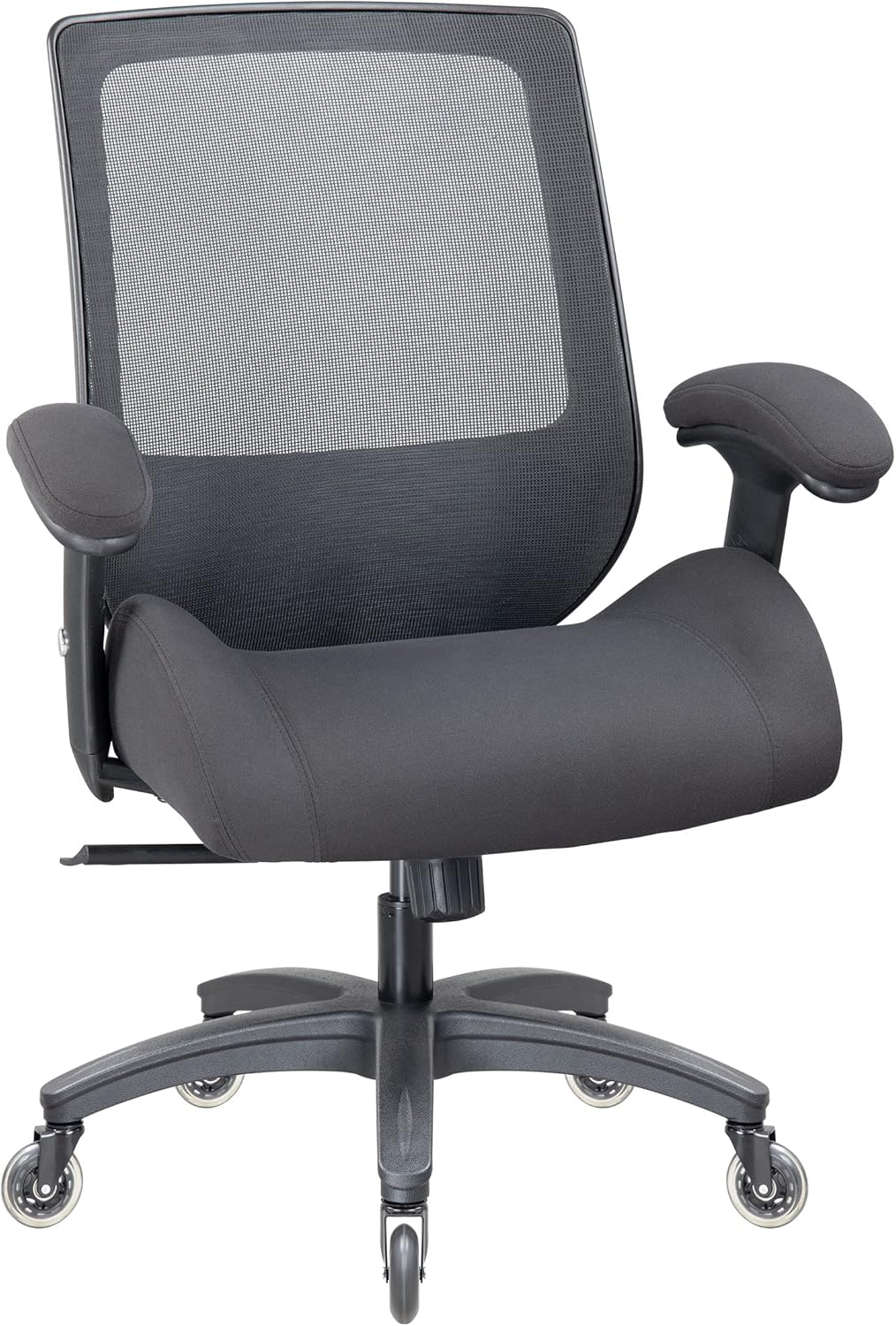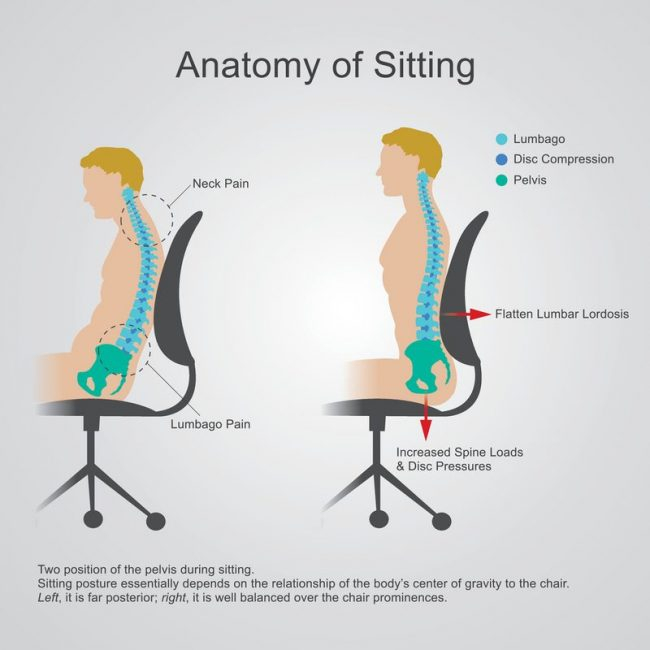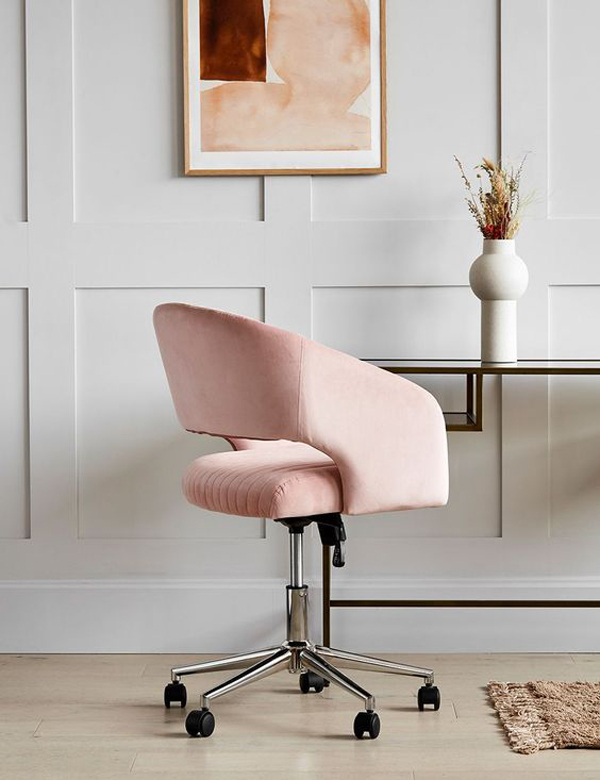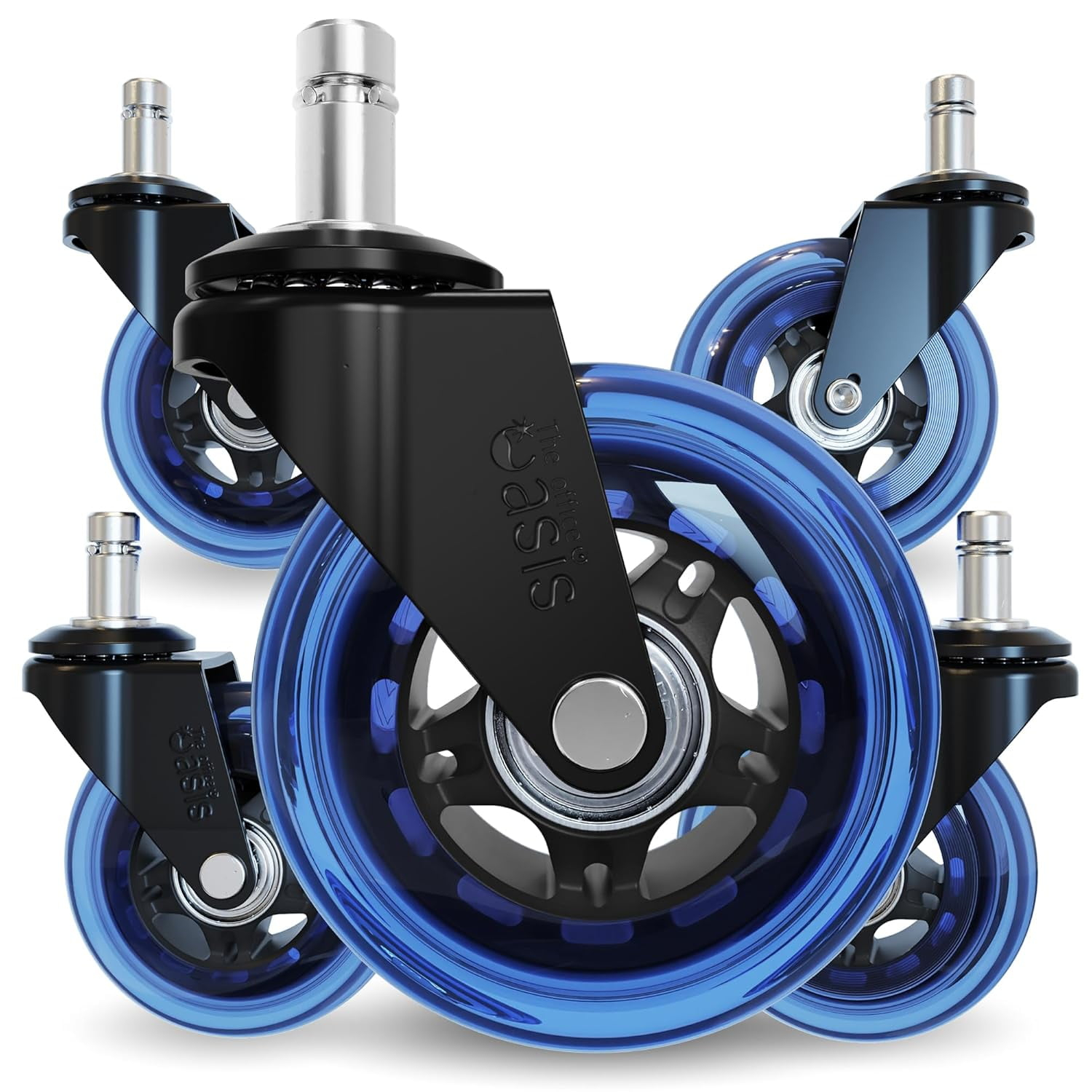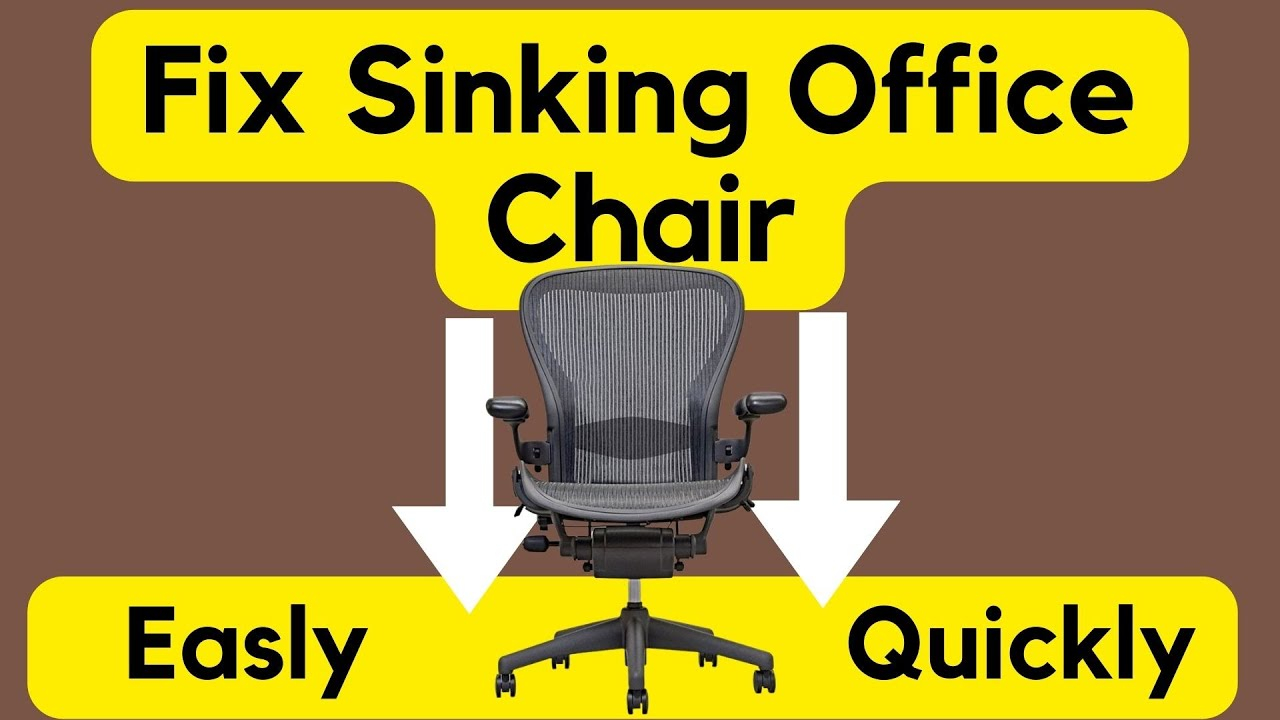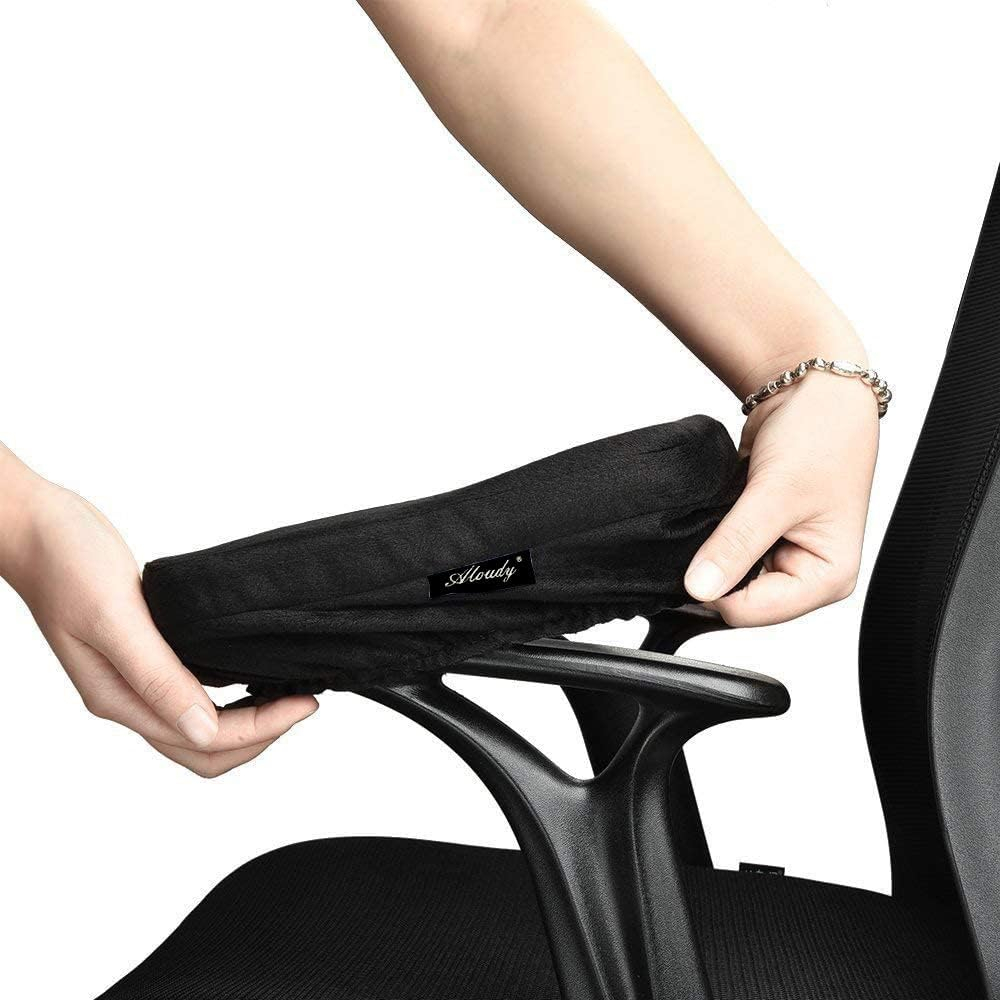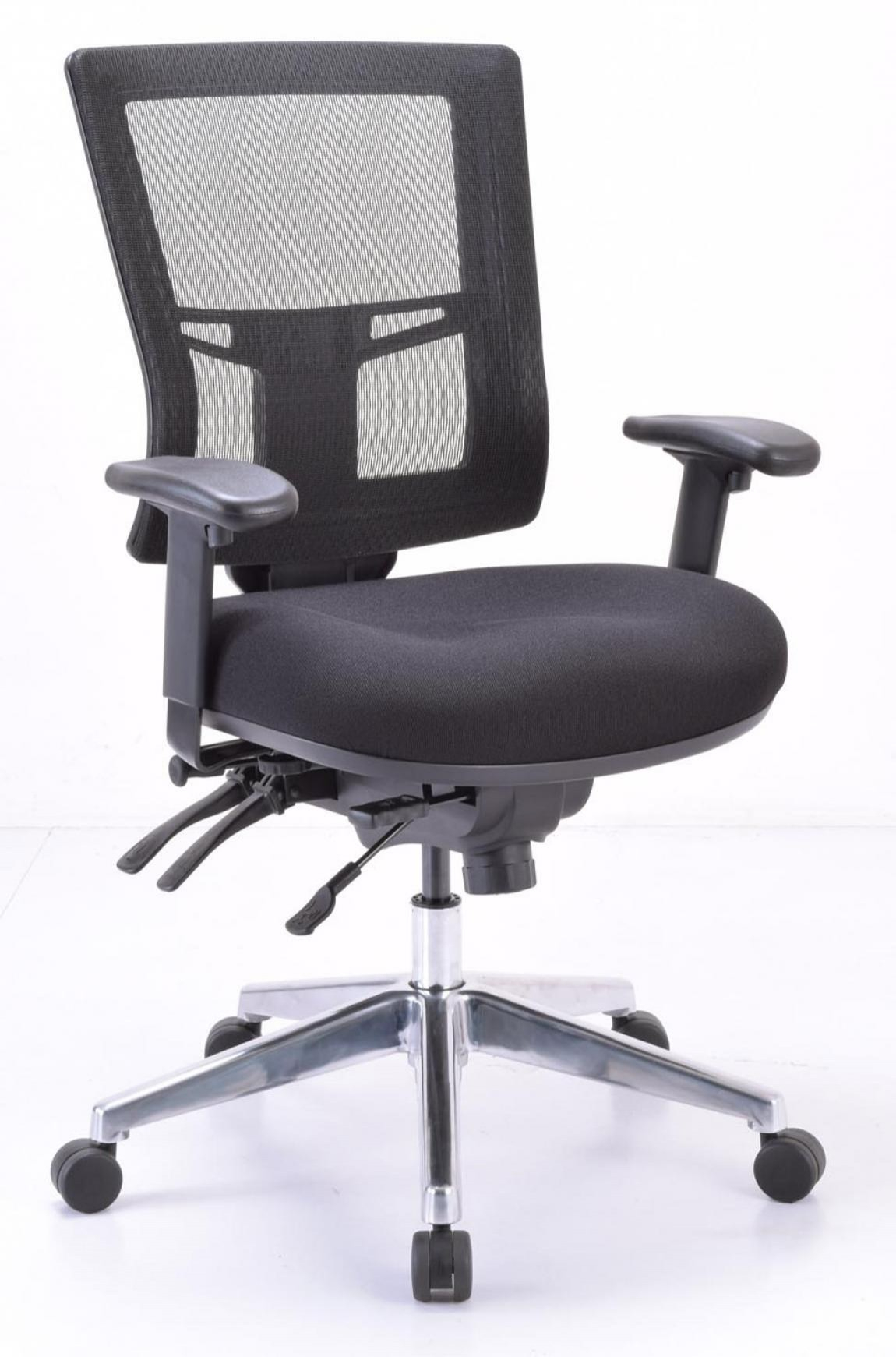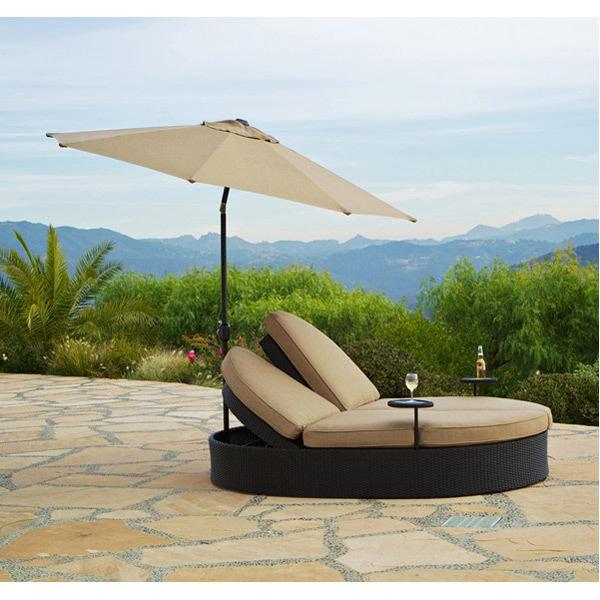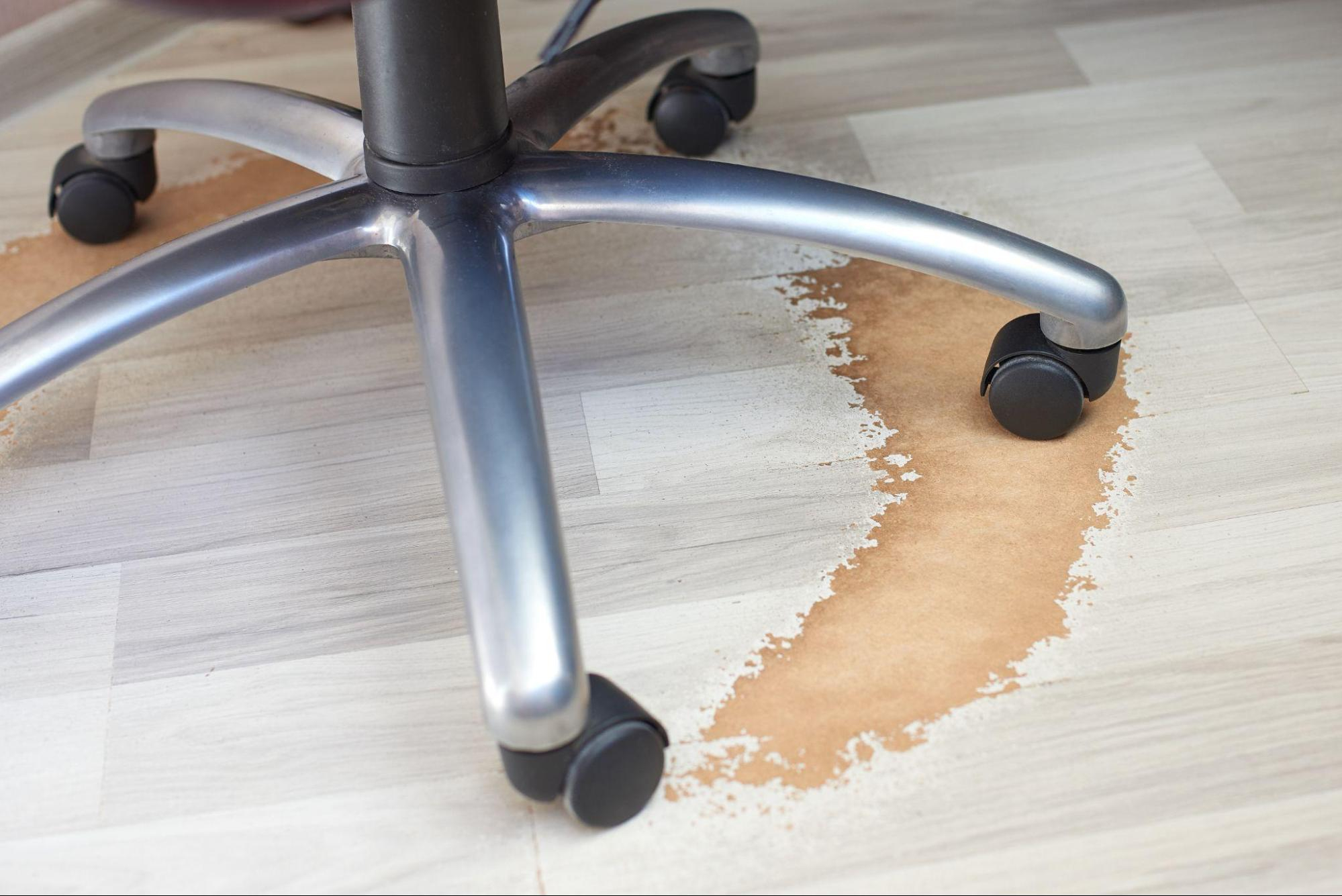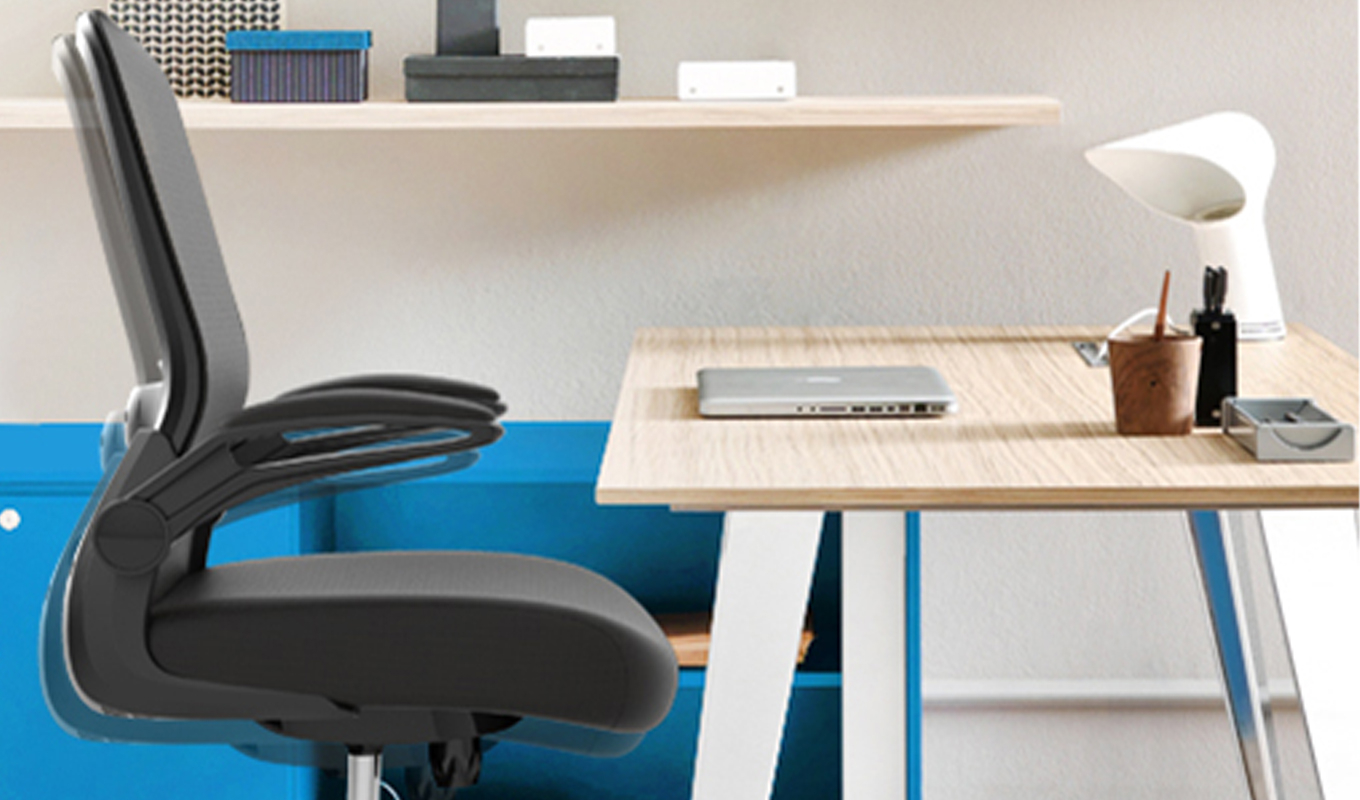We’ve all been there. You invest in an office chair, expecting it to last, only to find it sagging, creaking, or generally failing to provide adequate support after a few months. It’s frustrating, isn’t it? The search for a chair that can genuinely handle the rigors of daily use, day in and day out, can feel like a quest. But what exactly separates a standard chair from one that’s truly ‘heavy-duty’? It’s not just about a higher weight capacity, though that’s certainly part of the equation. It’s about a combination of robust construction, thoughtful design, and materials built to endure. Let’s dive into what really matters when you need a chair that won’t quit on you.
In today’s world, many of us spend a significant chunk of our lives seated at a desk. Whether you’re working from home, managing a bustling office, or simply need a reliable seat for extended periods, the quality of your chair can make a world of difference to your comfort and productivity. But what happens when the average office chair just doesn’t measure up? You need something built to last, something that can withstand constant use without compromising on support or integrity. That’s where the concept of a ‘heavy-duty’ office chair comes into play. It’s about more than just advertising; it’s about engineering and materials designed for longevity and superior performance. So, let’s unravel the key features that define a truly heavy-duty office chair, making sure your investment provides lasting value and well-being.
The Foundation: A Robust Frame and Base
The core of any heavy-duty chair is its structural integrity. Think of it like the foundation of a building; if it’s weak, the whole structure is compromised. A truly heavy-duty chair will feature a frame constructed from solid metal, often steel or reinforced aluminum, rather than plastic or lower-grade alloys. This isn’t just about holding more weight; it’s about resisting flex and maintaining shape under constant stress. The base, typically a five-star design for maximum stability, should also be made from substantial metal. You’ll want to check for thick, solid spokes and a well-welded central hub. Plastic bases, especially those with thinner arms or a hollow center, are often the first point of failure in less robust chairs. A chair that feels solid when you sit down, with no wobbling or creaking from the base, is a good indicator of quality construction.
Weight Capacity and BIFMA Certification: More Than Just Numbers
When we talk about ‘heavy-duty,’ the most obvious metric is weight capacity. While many standard chairs might be rated for around 250 lbs, heavy-duty models often start at 300 lbs and can go up to 500 lbs or even more. However, simply looking at the number isn’t enough. What truly matters is how that capacity is achieved and tested. Look for chairs that are BIFMA (Business and Institutional Furniture Manufacturers Association) certified. BIFMA standards are rigorous and ensure that furniture has been tested for durability, stability, and structural integrity under various conditions. This certification provides a layer of assurance that the chair has been engineered to meet specific performance benchmarks, not just slapped with a high number. A chair that meets ANSI/BIFMA X5.1 (General-Purpose Office Chairs) or X5.11 (Large Occupant Office Chairs) standards is a strong contender for being truly heavy-duty.
Upholstery and Padding: Durability Meets Comfort
The materials used for upholstery and padding are crucial for both longevity and comfort. For heavy-duty chairs, you’ll typically find high-density foam that resists compression and retains its shape over time, unlike cheaper, softer foams that can flatten out quickly. The upholstery itself should be made from durable, high-traffic materials. Think reinforced fabrics, high-quality leather, or premium vinyl that can withstand abrasion and frequent use. Seams should be strongly stitched, often with reinforced threads, to prevent tearing. Some heavy-duty chairs also feature a thicker gauge of fabric or specialized weaving techniques to boost resilience. When you press into the seat cushion, it should feel firm yet yielding, without immediately bottoming out. The fabric should feel substantial to the touch, not thin or easily snagged.
Adjustability and Ergonomics: Support for Every Body
A truly heavy-duty chair isn’t just about strength; it’s also about providing excellent ergonomic support for a wide range of users. This means a comprehensive suite of adjustment options. Key features include adjustable seat height (using a sturdy pneumatic lift), adjustable armrests (height, width, and pivot), lumbar support adjustment (often height and depth), and backrest recline with tension control and locking mechanisms. For larger or heavier individuals, the seat depth adjustment can be particularly important, ensuring adequate thigh support without pressing into the back of the knees. The mechanisms controlling these adjustments should feel robust and secure, locking firmly into place without slipping. A chair that allows you to fine-tune its settings to your specific body type and preferences will significantly enhance comfort and reduce strain during long work sessions.
The Mechanism: The Heart of the Chair’s Functionality
Beneath the surface, the chair’s mechanism is what controls its movement and adjustability. For heavy-duty chairs, these mechanisms are typically beefed up. You’ll often find thicker steel components and more robust linkages. Features like a ‘heavy-duty tilt mechanism’ or a ‘synchronous tilt’ (where the seat and backrest move in a synchronized ratio) are common. A good heavy-duty tilt mechanism will allow for a smooth, controlled recline and a secure lock in multiple positions. Some chairs also incorporate a ‘seat-slider’ mechanism, allowing you to adjust the seat depth. The gas lift, responsible for height adjustment, should also be of a higher class (e.g., Class 3 or Class 4) for greater durability and weight support. A chair that feels smooth and effortless to adjust, with no grinding or sticking, usually indicates a quality mechanism built to last.
Casters and Mobility: Smooth Sailing, Solid Ground
Even the most robust chair needs to be mobile, and the casters are key to this. Heavy-duty chairs often come with larger, more substantial casters, typically made from durable polyurethane or heavy-duty nylon. These materials are designed to roll smoothly across various surfaces without excessive wear and tear, and they can better handle the increased weight of the chair and its occupant. The caster sockets, where the stems insert into the base, should also be reinforced to prevent bending or breaking. Some heavy-duty models might even offer specialized casters for different floor types, like carpet or hard floors, to ensure optimal performance and prevent damage. A chair that glides easily without effort, and feels stable when you’re seated, signifies well-chosen and well-integrated mobility components.
Choosing a truly heavy-duty office chair is an investment in your comfort, health, and productivity. It’s about looking beyond the surface and understanding the underlying engineering and materials that contribute to a chair’s resilience and performance. By focusing on a strong frame and base, seeking out BIFMA certifications, appreciating durable upholstery and padding, prioritizing comprehensive ergonomic adjustments, examining the quality of the mechanism, and considering the casters, you can confidently select a chair that will serve you reliably for years to come. Don’t settle for a chair that falters; opt for one that’s built to endure the demands of your workday and provide unwavering support. Your back, and your peace of mind, will thank you for it.


